Untouched Silence: A Few Words About Active Noise Canceling Headphones
I often had to see people who are trying to get rid of extraneous noise by increasing the volume of the headphones. It is known that this method of isolating consciousness from extraneous noise is harmful to the hair cells of the basilar membrane and can cause hearing damage. I do not encroach on the right of everyone to spoil their health with convenient methods, but I still think that the design idea helped get rid of the noise with more sparing means.

One of these tools was active noise-canceling headphones (or ANC (NC) headphones from the active noise control), which are quite widely represented in the rulers of leading (and not so) manufacturers.
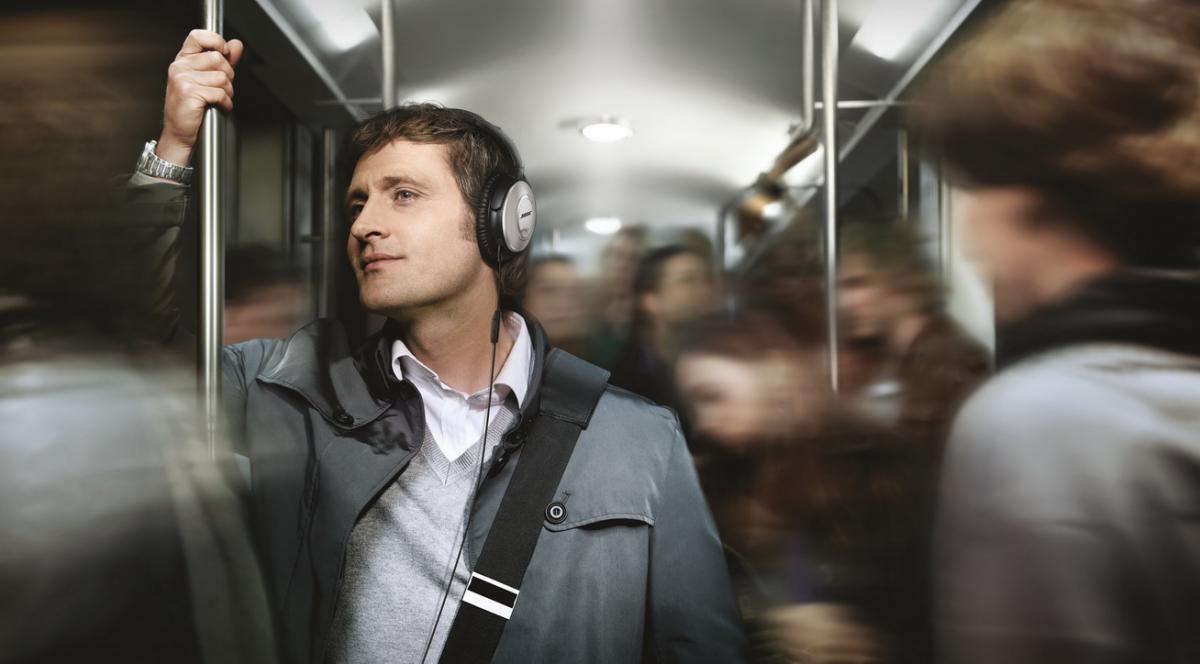
In this post I want to describe in detail the advantages, effectiveness, and problems of these devices. And to enable readers to decide how such devices are suitable for them. As in the previous materials, a postscript will be a small amount of corporate jeans, for those who are interested in purchasing goods that have become the subject of this narrative.
The theoretical basis for creating active noise cancellation is quite simple and is based on the interference of sound waves. In headphones with active noise cancellation, microphones (determining the level of background noise) and speakers (other radiators) are installed, which create waves with the same amplitude, but with an inverted phase (antiphase). In the process of such interference waves, there is a mutual decrease in the resulting amplitude, in other words, the waves quench each other.

In theory, this principle makes it possible to achieve silence, in practice everything is somewhat more complicated. It turned out technologically quite difficult to create a system that will accurately fall into antiphase, especially with MF and HF noise. Active noise reduction systems are able to effectively suppress low-frequency monotonic noise. A rather long wavelength of the low-frequency signals “smoothes out” the effect of the difference in the values of the inverted phase. In cases of serious phase mismatch and antiphase for HF and MF signals, there may be an unusual hiss in the headphones.
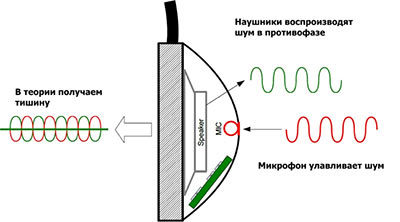
The idea of using the above-described principle for noise reduction belongs to American Paul Lugu, who in 1934 received a patent for applying the principles of interference in the suppression of sinusoidal and other (arbitrary) sound signals in the loudspeaker area by polarity inversion.

Already in the 50s, active noise cancellation is used in aviation. Lawrence Vogel systems were used to suppress noise in the cockpits of helicopters and airplanes.
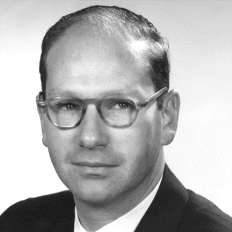
Lawrence Vogel
In 1957, Willard Meeker created the first overhead headphones with active noise cancellation, which were also used in aviation. Micker's system was able to suppress noise in the range from 50 to 500 Hz with attenuation at 20 dB.
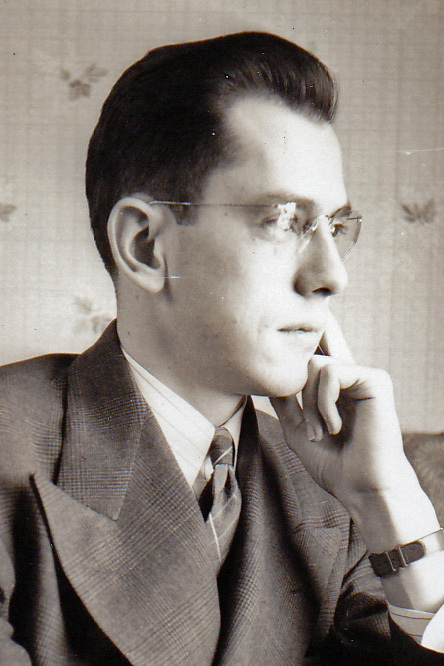
Willard Franklin Meeker
In 1986, the first mass-produced headphones with an active noise cancellation system appeared, which BOSE released. The gadget was designed by Dick Rutan and Gina Eager and was also used in aviation, where there are extraneous noises from engines, etc. interfered with the pilots in negotiating. Already by 1989, the company adapted the technology for domestic use, while continuing with specialized aviation development.

The first BOSE headphones with active noise cancellation (aviation)

Modern BOSE headphones for use in everyday life
Today, headphones with active noise reduction are produced and developed by companies such as BOSE, Sennheiser, JBL, SONY, Audio-Technica, Philips.
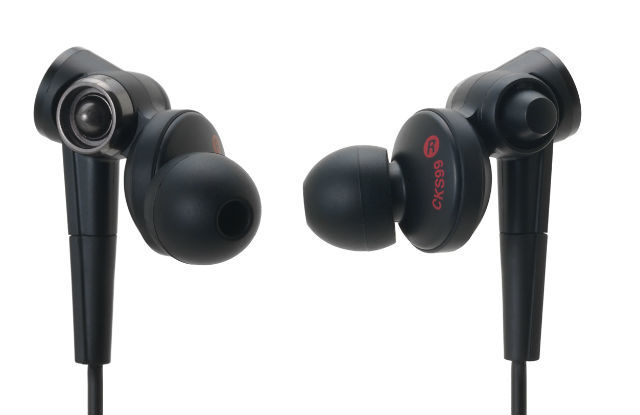
In spite of a sufficient number of advantages, headphones with active noise cancellation also have a number of significant drawbacks.
The advantages include:
Significant disadvantages of active noise cancellation systems in headphones are:
They tried to solve the problem of additional power supply with various engineering solutions, such as increasing battery capacity, using specialized units with standard batteries, as well as using additional power channels in players, which led to the appearance of non-standard connectors (common for SONY headphones and players).
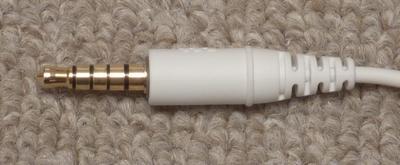
An interesting approach to the issue of nutrition in the company JBL. Their product, announced jointly with HTC - JBL Reflect Aware C sports headphones, introduced last year, are connected to the smartphone via USB type C, which eliminates additional power sources and does not require the use of unique connectors.

Among the reviews about the NC-headphones, you can find stories that after long or not very exploitation, there are various side effects, for example, headache, discomfort when listening, psychological discomfort. It is known that about 5-7% of the subjects who regularly use headphones, do not carry devices with active noise cancellation.
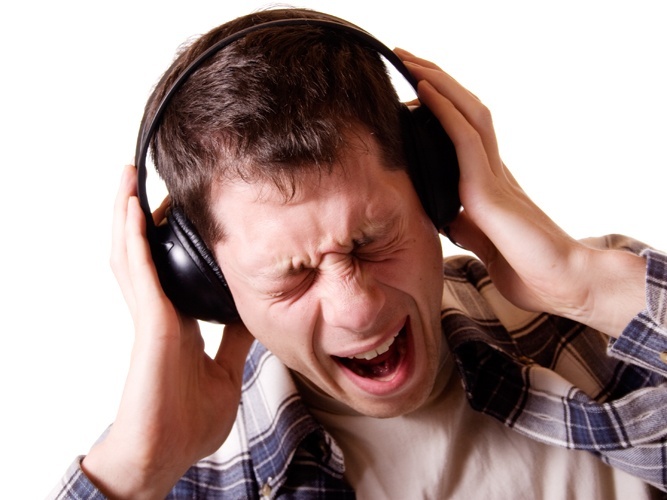
The fact is that during his life a person gets used and adapts to a certain level of noise. Music, as a rule, is significantly different from other sound stimuli - this difference leads to the fact that the brain of some people must re-adapt to a new, more monotonous background that occurs in NC headphones. In addition, in some situations, as I have already written, the work of an active noise cancellation system may be accompanied by its own high-frequency noise background, the long-term effect of which may also be accompanied by headache and discomfort while listening.
Do not forget about the common headaches of tension, which can (among other factors) provoke a tight headband (which is often used in this type of headphones to improve the passive sound insulation of full-size cups).
Even if you make a wrong choice, and NC headphones cause you discomfort, in accordance with articles 502 of the Civil Code of the Russian Federation and Article 25 of the Law of the Russian Federation of February 7, 1992 No. 2300-1 “On Consumer Protection”, you can return the gadget to the store within 14 days.
PULT.RU experts selected the best headphones with an active noise cancellation system at the best prices in the Russian Federation. To study the proposal, we recommend those interested to follow the link .

One of these tools was active noise-canceling headphones (or ANC (NC) headphones from the active noise control), which are quite widely represented in the rulers of leading (and not so) manufacturers.

In this post I want to describe in detail the advantages, effectiveness, and problems of these devices. And to enable readers to decide how such devices are suitable for them. As in the previous materials, a postscript will be a small amount of corporate jeans, for those who are interested in purchasing goods that have become the subject of this narrative.
The principle of "wedge wedge": the fruits of interference
The theoretical basis for creating active noise cancellation is quite simple and is based on the interference of sound waves. In headphones with active noise cancellation, microphones (determining the level of background noise) and speakers (other radiators) are installed, which create waves with the same amplitude, but with an inverted phase (antiphase). In the process of such interference waves, there is a mutual decrease in the resulting amplitude, in other words, the waves quench each other.

In theory, this principle makes it possible to achieve silence, in practice everything is somewhat more complicated. It turned out technologically quite difficult to create a system that will accurately fall into antiphase, especially with MF and HF noise. Active noise reduction systems are able to effectively suppress low-frequency monotonic noise. A rather long wavelength of the low-frequency signals “smoothes out” the effect of the difference in the values of the inverted phase. In cases of serious phase mismatch and antiphase for HF and MF signals, there may be an unusual hiss in the headphones.

History: in the metro from aviation
The idea of using the above-described principle for noise reduction belongs to American Paul Lugu, who in 1934 received a patent for applying the principles of interference in the suppression of sinusoidal and other (arbitrary) sound signals in the loudspeaker area by polarity inversion.

Already in the 50s, active noise cancellation is used in aviation. Lawrence Vogel systems were used to suppress noise in the cockpits of helicopters and airplanes.

Lawrence Vogel
In 1957, Willard Meeker created the first overhead headphones with active noise cancellation, which were also used in aviation. Micker's system was able to suppress noise in the range from 50 to 500 Hz with attenuation at 20 dB.

Willard Franklin Meeker
In 1986, the first mass-produced headphones with an active noise cancellation system appeared, which BOSE released. The gadget was designed by Dick Rutan and Gina Eager and was also used in aviation, where there are extraneous noises from engines, etc. interfered with the pilots in negotiating. Already by 1989, the company adapted the technology for domestic use, while continuing with specialized aviation development.

The first BOSE headphones with active noise cancellation (aviation)

Modern BOSE headphones for use in everyday life
Today, headphones with active noise reduction are produced and developed by companies such as BOSE, Sennheiser, JBL, SONY, Audio-Technica, Philips.

Advantages and disadvantages
In spite of a sufficient number of advantages, headphones with active noise cancellation also have a number of significant drawbacks.
The advantages include:
- actually in itself "active noise reduction";
- the presence of a very serious passive sound insulation;
- no need to dangerous limits in increasing the volume (more than 90-100 dB) in noisy places.
Significant disadvantages of active noise cancellation systems in headphones are:
- the need for additional power for noise reduction;
- the possibility of additional negative effects (headache, discomfort while listening);
- when used on streets with heavy traffic, the probability of an accident is higher.
They tried to solve the problem of additional power supply with various engineering solutions, such as increasing battery capacity, using specialized units with standard batteries, as well as using additional power channels in players, which led to the appearance of non-standard connectors (common for SONY headphones and players).

An interesting approach to the issue of nutrition in the company JBL. Their product, announced jointly with HTC - JBL Reflect Aware C sports headphones, introduced last year, are connected to the smartphone via USB type C, which eliminates additional power sources and does not require the use of unique connectors.

Unbearable purity of music
Among the reviews about the NC-headphones, you can find stories that after long or not very exploitation, there are various side effects, for example, headache, discomfort when listening, psychological discomfort. It is known that about 5-7% of the subjects who regularly use headphones, do not carry devices with active noise cancellation.

The fact is that during his life a person gets used and adapts to a certain level of noise. Music, as a rule, is significantly different from other sound stimuli - this difference leads to the fact that the brain of some people must re-adapt to a new, more monotonous background that occurs in NC headphones. In addition, in some situations, as I have already written, the work of an active noise cancellation system may be accompanied by its own high-frequency noise background, the long-term effect of which may also be accompanied by headache and discomfort while listening.
Do not forget about the common headaches of tension, which can (among other factors) provoke a tight headband (which is often used in this type of headphones to improve the passive sound insulation of full-size cups).
Even if you make a wrong choice, and NC headphones cause you discomfort, in accordance with articles 502 of the Civil Code of the Russian Federation and Article 25 of the Law of the Russian Federation of February 7, 1992 No. 2300-1 “On Consumer Protection”, you can return the gadget to the store within 14 days.
And traditional jeans
PULT.RU experts selected the best headphones with an active noise cancellation system at the best prices in the Russian Federation. To study the proposal, we recommend those interested to follow the link .
